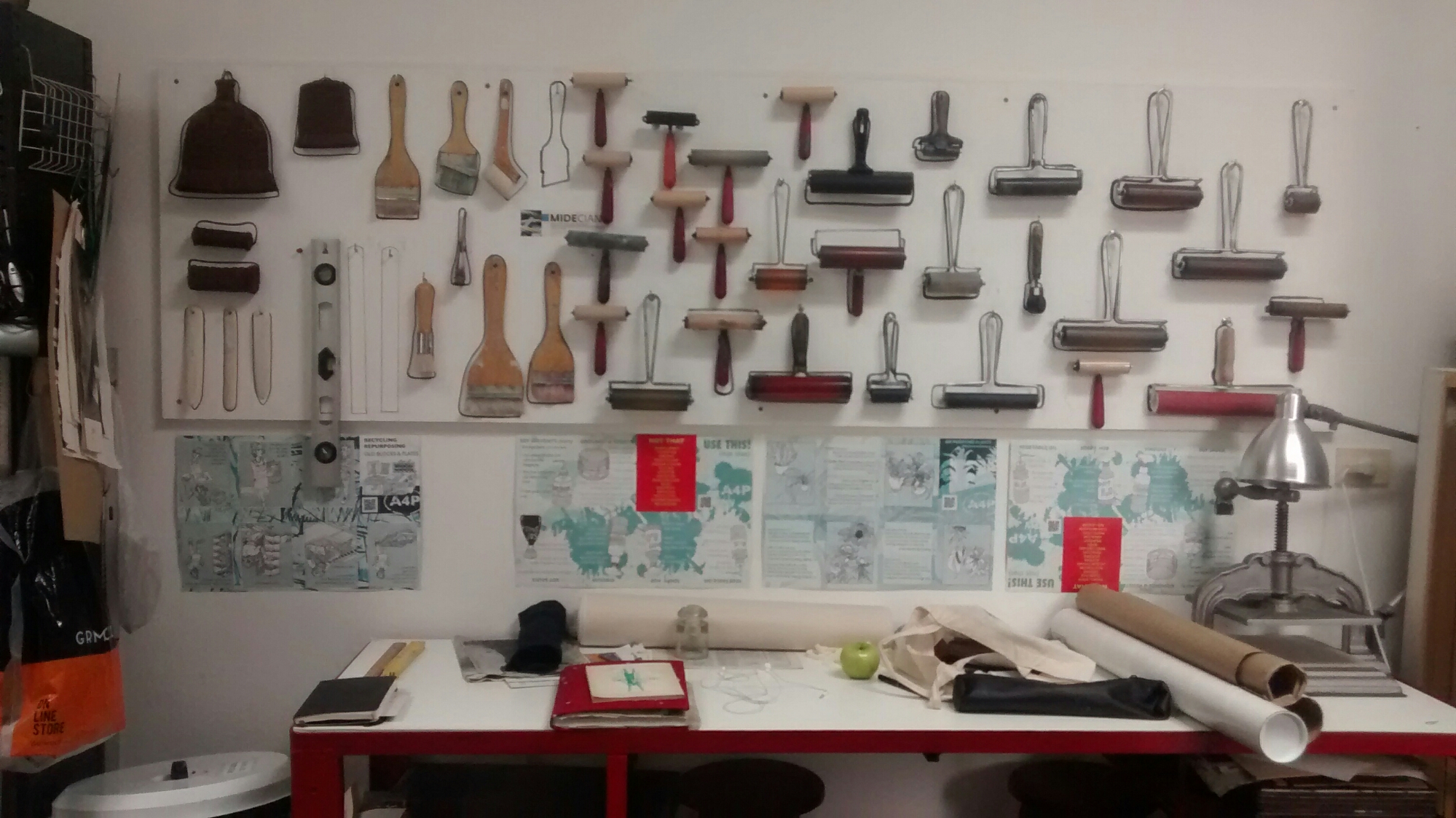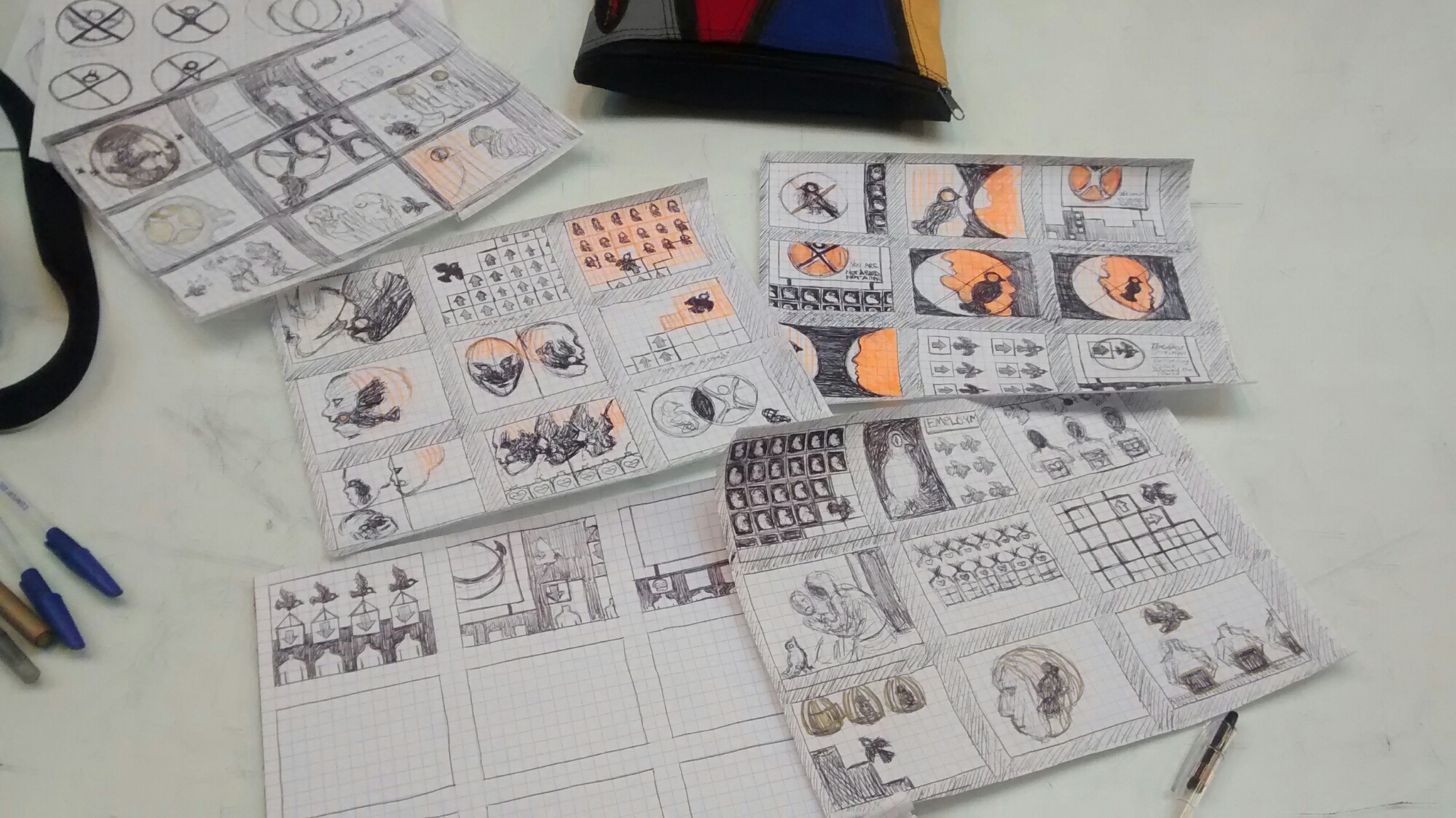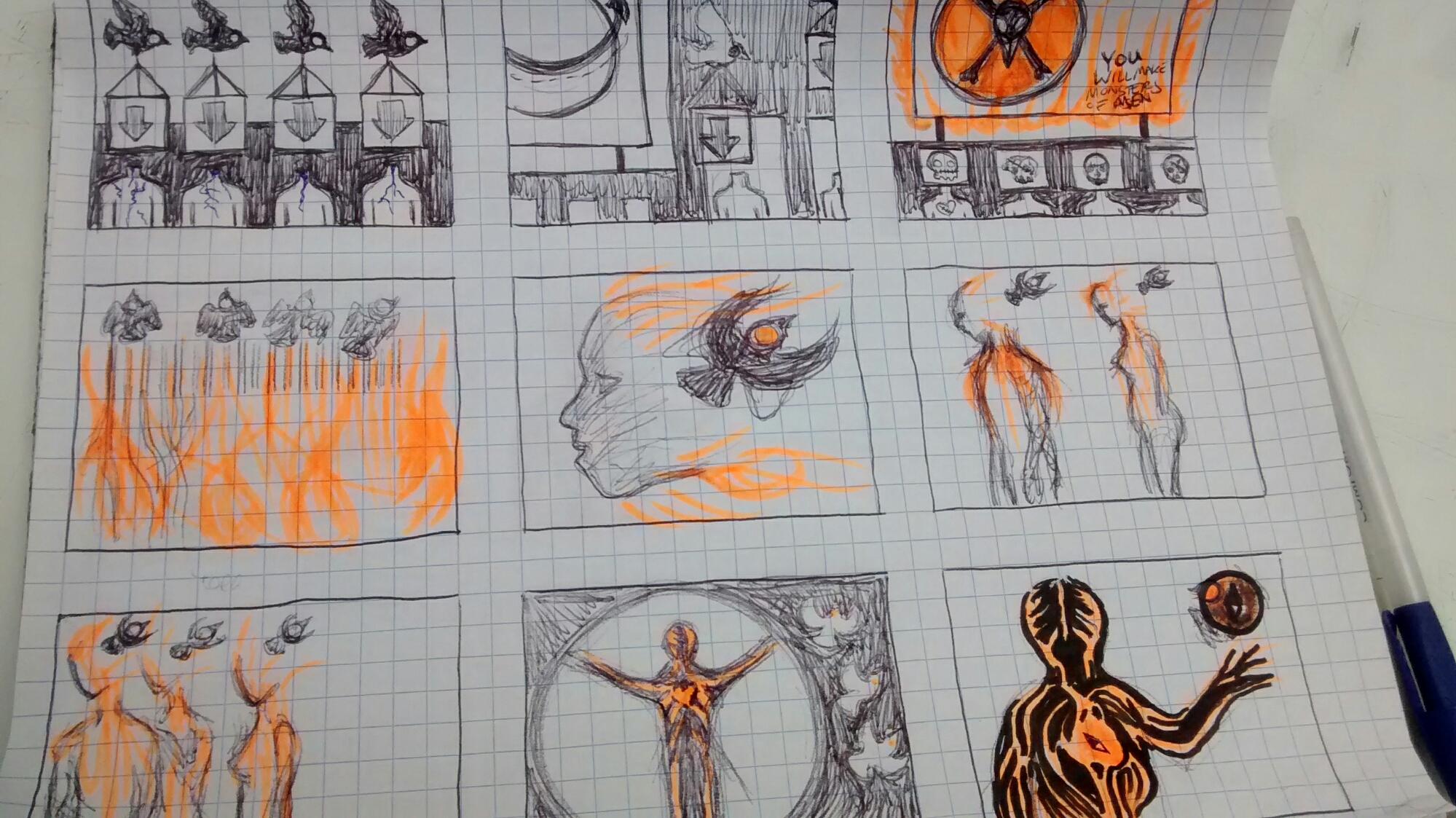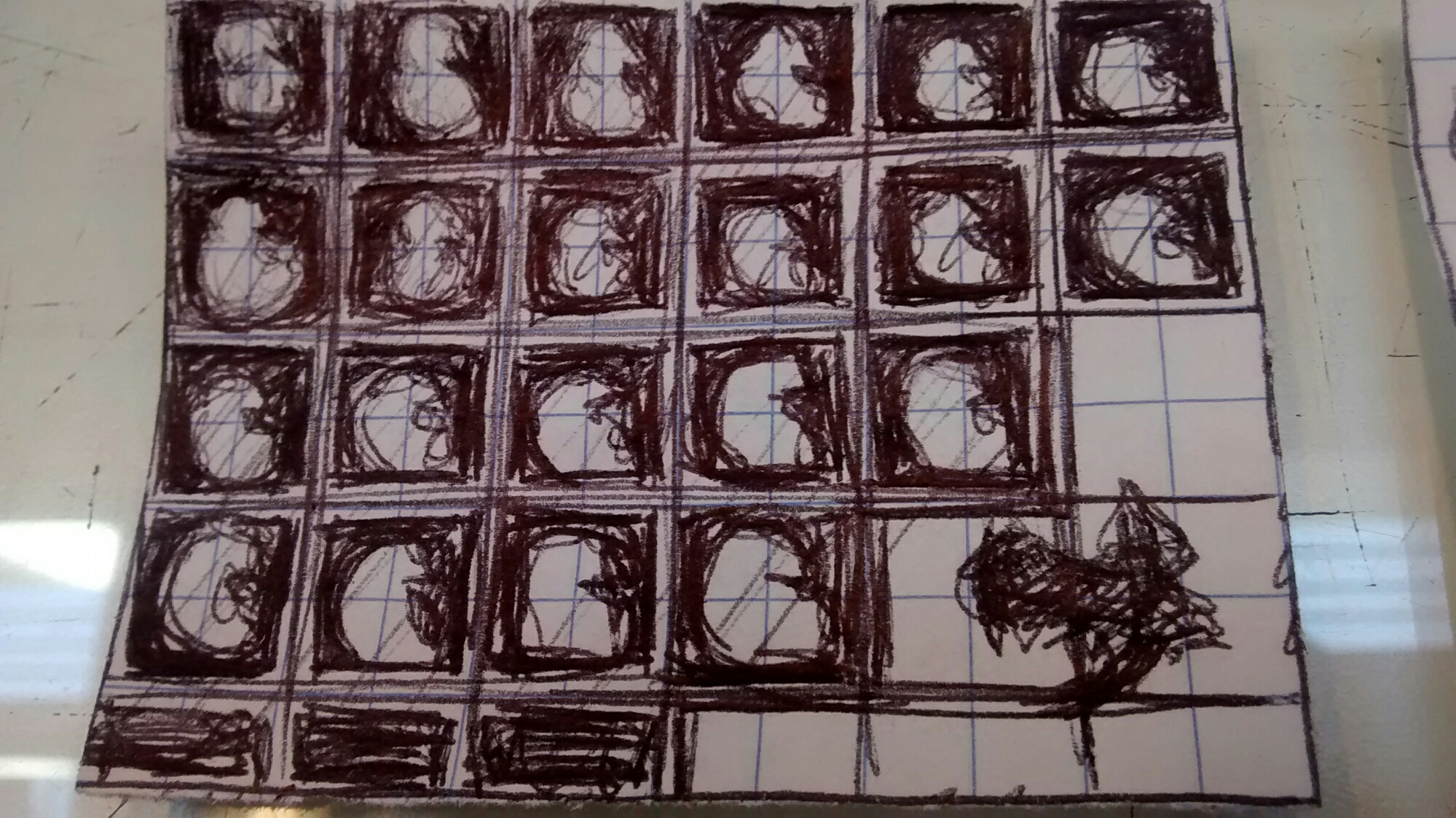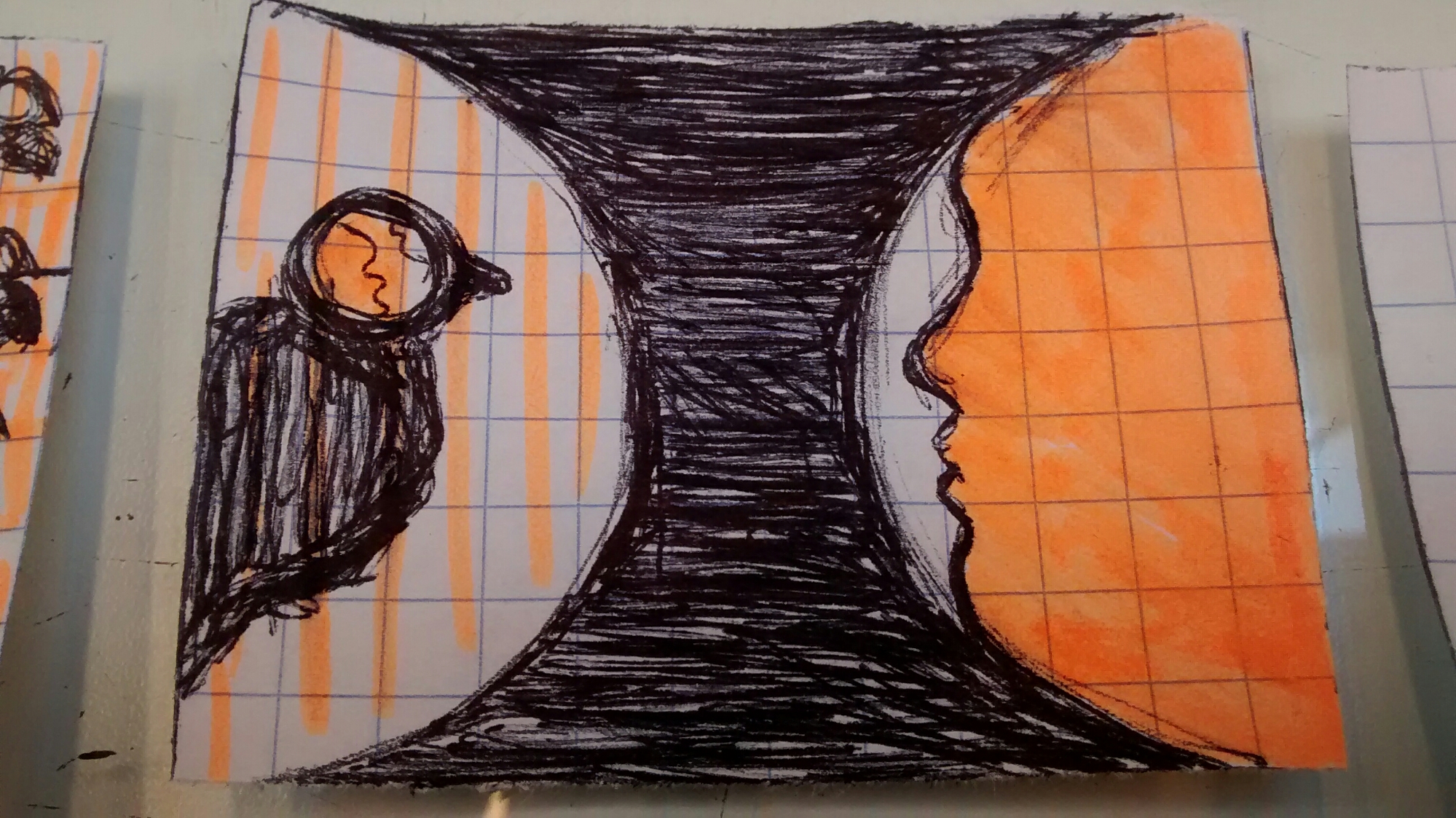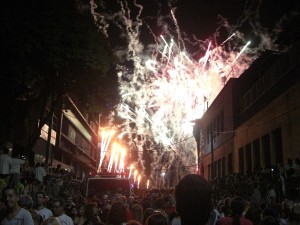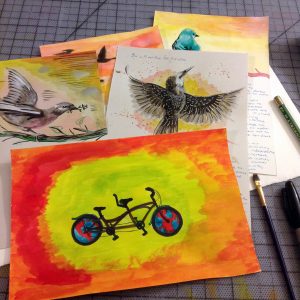I arrived in the studio of Fundación ‘Ace on Monday, January 26th. The space is gorgeous and full of buenas ondas (good vibes). This was to be my creative home for the next three weeks.
I knew that I wanted to produce an artist’s book during my time here, but did not yet know the story I wanted to tell. Whereas my work in the past has focused on the more personal narratives that connect people to their histories, I’ve found my interests moving towards a more social dialogue.
What I knew prior to this project: I am interested in passionate people, and for that matter, in indifference. I’m interested in what drives us–and thwarts us–in our pursuits. I believe it is important to understand the value of and motives behind what we do, and that a lack of understanding drives disconnect, dissatisfaction, and apathy. I believe that most people are capable of change, of either going after the things they want or reinventing their surroundings, and that the lack of movement in our lives stems not from a fear of change but a fear of loss.
More specifically, through my various work experiences in art, education, manufacturing, business, I’ve learned this: same shit, different place.
People are ambitious, industrious, passionate, opinionated…judgmental, apathetic, insecure, limited. Often loud spoken, but poor at articulation. Rarely do we express what we truly intend.
Printmaking as a medium was made for sharing messages with the masses. I like to think it was the world’s first social media. It’s an art form that educates and incites. Historically, politically, conceptually, it’s a powerful medium, capable of moving people first to understanding, then to action.
Among artists, I find myself in the company of those such as Goya, the Chapman Brothers in their defilement/decoration of Goya’s prints, Posadas, Otto Dix, the many creators of Brazil’s literatura de cordel…
Otto Dix shone a light on human destruction.
Goya stripped away the romanticism and idealism surrounding war.
All of these artists have created poignant and relevant work, both in response to the social agonies of their time and the universal sufferings of humankind. Many have been great exposers, cynics, and satirists.
But for the work I was to spend my three weeks at ‘Ace on, I knew that I had no wish to be satirical or harsh. I wanted this work to deeply sincere without being naïve, to create simple images that explore a complex, human trouble.
I asked myself, “Is it possible to create images that can be honest about corruption without cynicism, that make healing seem possible in the midst of disrepair?”
I spent my first few days storyboarding. As much as I would have loved to jump straight to just making something, there was something coming clear to me that I could not see when I was living my “normal life” back home. And I needed to have the patience and focus to do justice for this newly forming story I wanted to tell.
This will be the first in four installments that share the process of my project in Buenos Aires.




